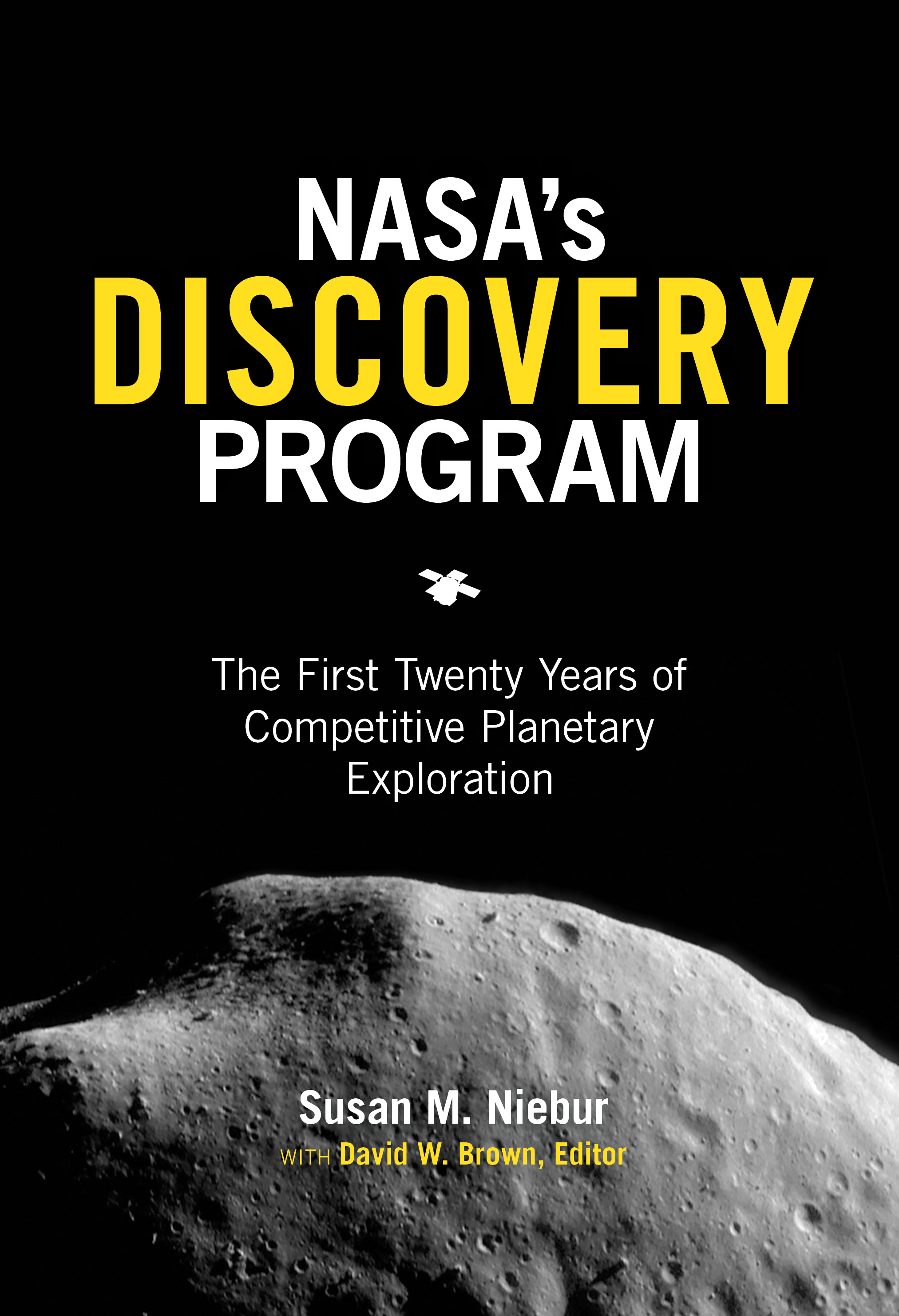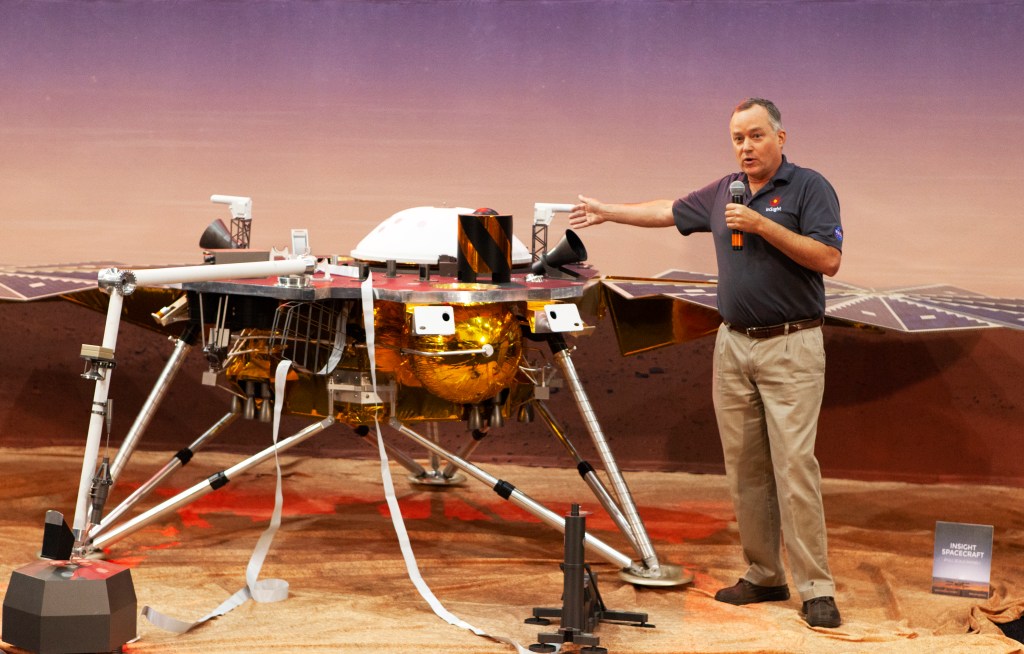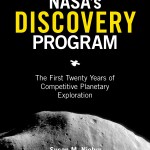By Susan M. Niebur with David W. Brown, Editor
When it started in the early 1990s, NASA’s Discovery Program represented a breakthrough in the way NASA explores space. Providing opportunities for low-cost planetary science missions, the Discovery Program has funded a series of relatively small, focused, and innovative missions to investigate the planets and small bodies of our solar system.
For over 30 years, Discovery has given scientists a chance to dig deep into their imaginations and find inventive ways to unlock the mysteries of our solar system and beyond. As a complement to NASA’s larger “flagship” planetary science explorations, Discovery’s continuing goal is to achieve outstanding results by launching more, smaller missions using fewer resources and shorter development times.
This book draws on interviews with program managers, engineers, and scientists from Discovery’s early missions. It takes an in-depth look at the management techniques they used to design creative and cost-effective spacecraft that continue to yield ground-breaking scientific data, drive new technology innovations, and achieve what has never been done before.

NASA SP-2023-4238
Discovery and New Frontiers Program Oral Histories
The NASA History Office has collected oral history interviews to document the experiences of individuals who have dedicated their time and expertise to the Discovery and New Frontiers planetary exploration missions, including lessons learned, science objectives and methodologies, mission proposal processes, team dynamics, and management decisions.
Explore the Collection
More History Publications
Explore more titles in NASA's History Series.































